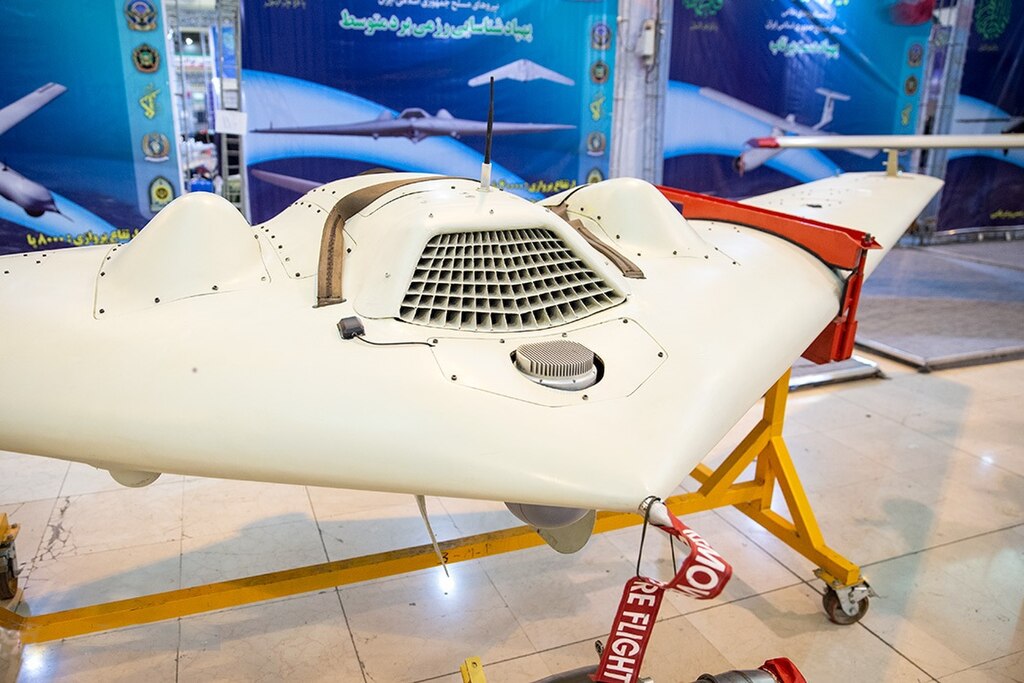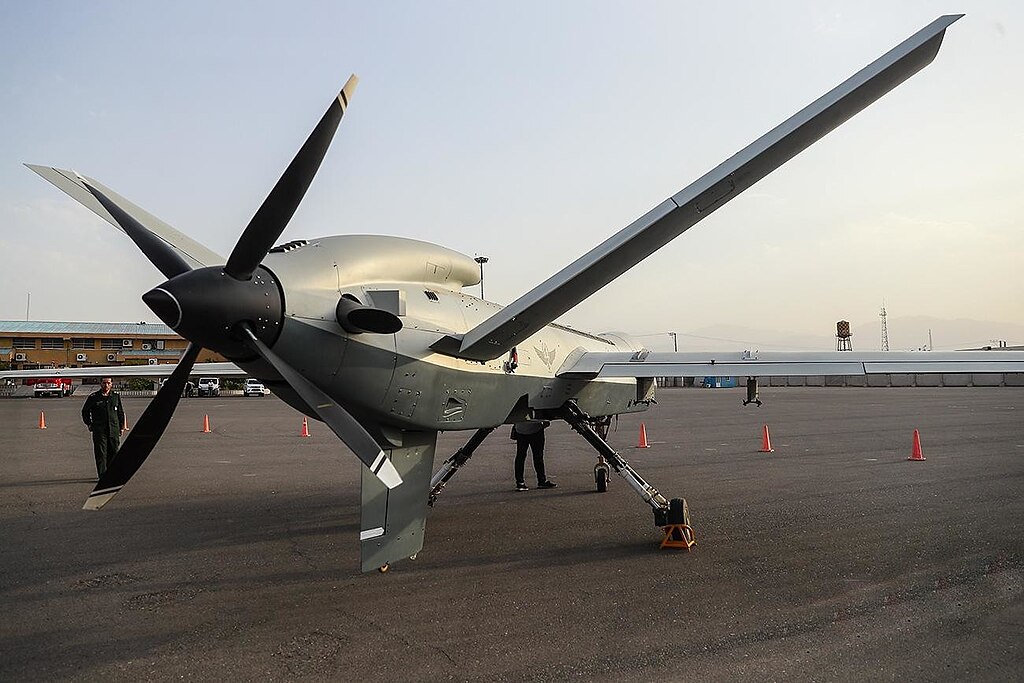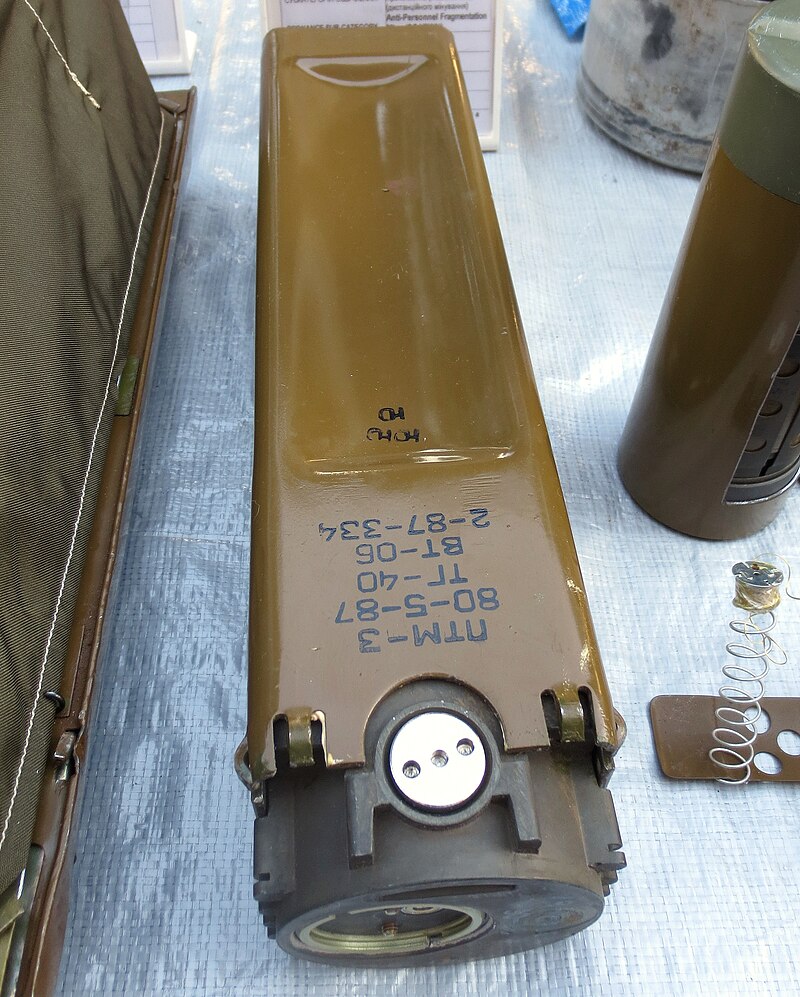
What happens when a weapon designed to crash into targets becomes a precision mine-layer? In Ukraine, that question is no longer theoretical. Russia’s adaptation of Shahed-style drones to drop anti-tank mines marks a new phase in the conflict one that blends long-range strike capability with area-denial warfare.
This shift is not an isolated experiment. It reflects a broader Russian strategy of modifying unmanned systems for unconventional roles, from remote mining of supply routes to targeting moving assets deep behind the front. For defense analysts, the implications are stark: the battlefield is becoming more unpredictable, more lethal, and harder to secure. The following breakdown examines the most significant developments in Russia’s drone-based mine warfare, the technology behind it, and the strategic consequences for Ukraine’s military and civilian infrastructure.

1. Shahed Drones Recast as Aerial Mine Dispensers
Reports from Ukrainian sources and Defense Express confirm that Russian forces have begun attaching detachable canisters carrying PTM-3 anti-tank mines to Shahed-style drones. Instead of relying solely on the drone’s built-in warhead, these adaptations turn it into an aerial mine dispersal system capable of seeding roads, fields, and choke points with explosives.

2. The PTM-3: A Difficult-to-Detect Threat
The Soviet-era PTM-3 mine contains 8.5 kilograms of explosives and uses a magnetic influence fuze, making it difficult to detect with conventional metal detectors. According to Army Recognition, it self-destructs within 16–24 hours, reducing long-term contamination but creating a dangerous window for military and civilian movement.

3. Remote Mining of Rear-Area Routes
Ukrainian police have warned that Russian drones are increasingly used to mine transportation corridors and agricultural areas far from the front. The Kherson Oblast Military Administration noted that such mines can be deployed from Shaheds at ranges of 100–120 kilometers, threatening rear-area logistics and complicating resupply operations.

4. Man-in-the-Loop Control for Precision Placement
Some modified Shaheds appear to employ man-in-the-loop (MITL) control via radio or cellular networks, allowing operators to release mines with precision. This capability, highlighted by Ukrainian aviation expert Valeriy Romanenko, enables targeted mining of dirt roads or urban routes where traffic is predictable.

5. Precedent and Escalation
Evidence of drone-based mine deployment dates back to August 2025, when a wrecked Shahed in Sumy was found carrying PTM-3 mines. Since then, multiple incidents have been documented, suggesting the tactic is moving from trial phase toward broader operational use.

6. Integration with Broader Drone Warfare
The mine-dropping role complements Russia’s other UAV tactics, including fiber-optic-controlled FPV drones and mothership UAVs that extend strike range. These systems form part of a layered approach to disrupt Ukrainian mobility, combining direct strikes with area denial.

7. Psychological and Operational Impact
Anti-tank mines delivered by drones not only damage vehicles but also impose delays, force route changes, and increase caution among Ukrainian units. As noted by the Ukrainian National Police, the fear of hidden mines can slow operations and divert engineering resources to clearance.

8. Civilian Risks Beyond the Front
Because these mines can be dropped over agricultural land or rural roads, civiliansespecially farmers and utility workersface heightened danger. The temporary self-destruct feature does not eliminate the immediate threat to anyone entering the area before detonation.

9. Strategic Implications for Rear-Area Security
Defense Express has warned that remote mining from drones adds a new dimension to rear-area security challenges. It forces Ukraine to extend mine clearance and route surveillance far beyond the front line, stretching already limited engineering and reconnaissance assets. Russia’s adaptation of Shahed drones into airborne mine layers underscores a larger trend: unmanned systems are no longer confined to their original design roles. By merging strike and area-denial functions, Moscow is complicating Ukraine’s defensive calculus and forcing a costly expansion of countermeasures. For military planners, the lesson is clearfuture conflicts will hinge not just on the number of drones in the sky, but on how creatively they are employed to shape the battlefield.


